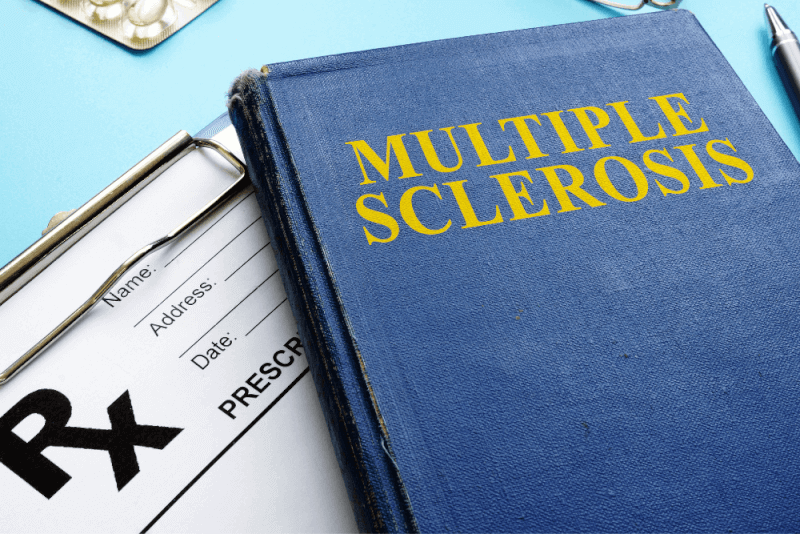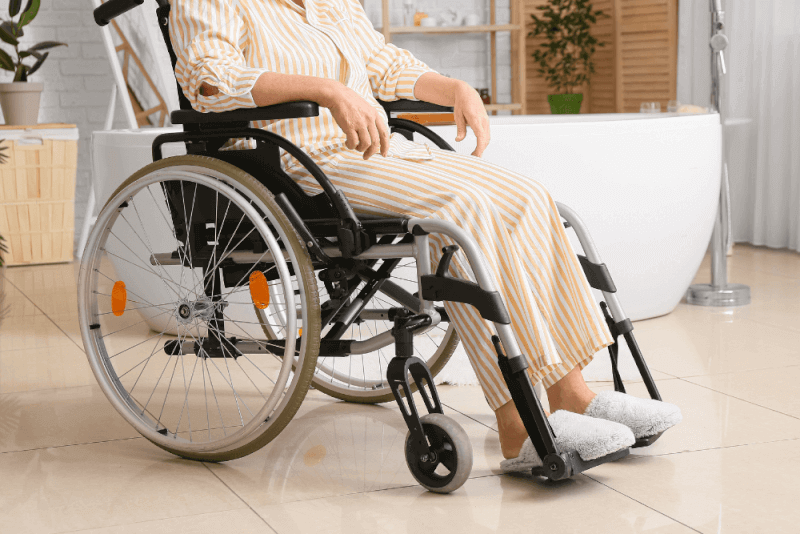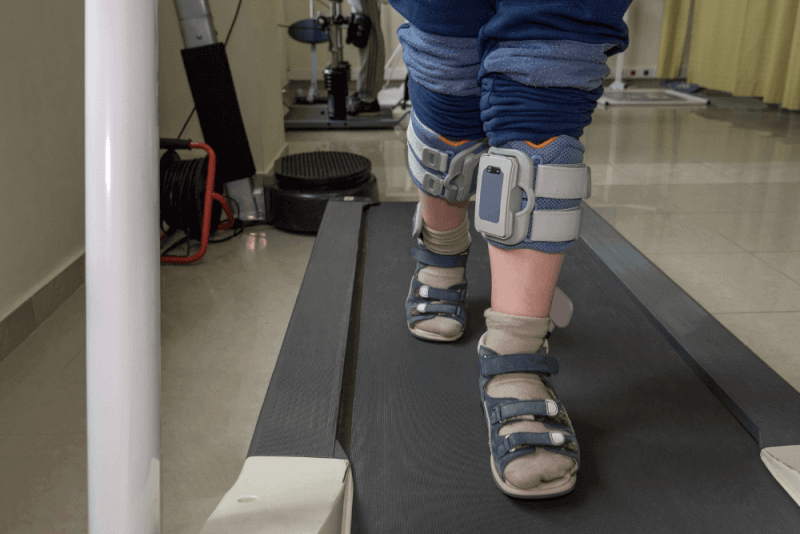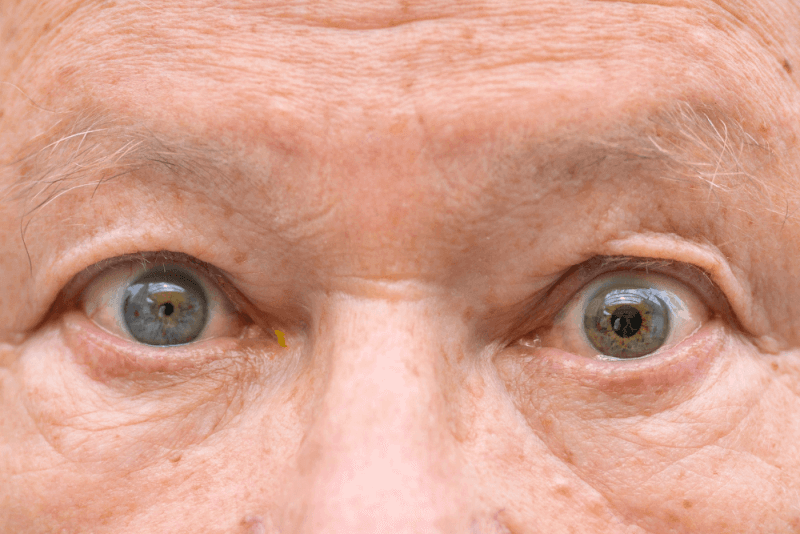What is Facial Paralysis?
Facial paralysis is the inability to move the muscles on one or both sides of the face due to damage to the cranial nerve. Weakness or drooping of the facial muscles can also occur.
Diagnosis Methods for Facial Paralysis
To diagnose facial paralysis, symptoms are first taken, followed by a physical examination. During the physical examination, the patient is asked to perform the following movements:
- Open and close the eyes
- Raise the eyebrows
- Smile
- Frown
After the physical examination, the doctor may also request the following tests if deemed appropriate:
- MRI
- CT scan
- EMG
Causes of Facial Paralysis
Facial paralysis occurs due to damage to the facial nerve, which can be caused by two main reasons:
- Damage and swelling of the nerve that transmits signals from the brain to the facial muscles
- Damage to the area that carries signals from the brain to the facial muscles
Other causes of facial paralysis can include:
- Stroke
- Bell's palsy
- Middle ear infection
- Skull fracture
- Autoimmune diseases like multiple sclerosis
- Head, neck, or brain tumor
- Facial nerve schwannoma
- Lyme disease
- Sarcoidosis
- Ramsay Hunt syndrome
- Guillain-Barre syndrome
Symptoms of Facial Paralysis
Symptoms of facial paralysis include:
- Difficulty speaking with a feeling of sagging on one side of the face
- Difficulty blinking
- Difficulty eating and drinking
- Dryness in the eye due to blinking problems on the affected side
- Odd and unpleasant taste in the mouth
Treatment Methods for Facial Paralysis
When planning the treatment for facial paralysis, the underlying factor is considered.
- If facial paralysis develops as a result of a stroke, the treatment focuses on the cause of the stroke.
- If facial paralysis is caused by a tumor, options for removing the tumor will be considered.
- If it occurs due to Bell's palsy, medication and exercises may be recommended.
Non-surgical treatment options include:
- Corticosteroids to reduce inflammation and swelling in the facial nerve
- Antivirals to prevent possible infections
- Botox injections to prevent involuntary muscle movements caused by facial paralysis
- Physical therapy
- Speech therapy
- Occupational therapy
Surgical treatment options include:
- Eyelid surgeries to support eye closure and make blinking more efficient
- Reanimation surgeries
- Surgeries to remove tumors
- Cosmetic surgery
Facial Paralysis Exercises
To perform facial paralysis exercises, there must be visible movement or contraction in the facial muscles. The exercises should be done in front of a mirror and with concentration. If there is excessive movement on the unaffected side of the face during the exercises, a break should be taken and smaller movements should be attempted. Performing the exercises 2-3 sessions per day is sufficient. Correct execution of the exercises is very important. The stages of the exercise are as follows:
- Sit comfortably in front of a mirror.
- Slowly raise the eyebrows.
- Frown
- Wrinkle the nose.
- Widen the nostrils and take a deep breath.
- Move the corners of the lips to the sides.
- Ensure equal movement on both sides of the face.
What Triggers Facial Paralysis?
Facial paralysis usually does not occur due to preventable causes. However, there are some measures that can be taken to reduce the risk of stroke, which can cause facial paralysis. These include:
- Controlling cholesterol and blood pressure
- Treating diabetes and heart diseases
- Using medications as prescribed
- Quitting smoking
- Reducing alcohol consumption
- Regular exercise
- Consuming plenty of whole grains, fruits, and vegetables
- Maintaining an ideal weight








